Microsoft launches platform to help firms monitor carbon emissions
Microsoft Cloud for Sustainability will help organisations to meet their net zero targets


Microsoft has launched a preview of Microsoft Cloud for Sustainability to help organisations monitor their carbon emissions, as it tries to implement more green policies at the same time.
The platform will allow organisations to more effectively record, report, and reduce their carbon emissions on a path to net zero, Microsoft said. The SaaS product connects to data sources and centralises an organisation’s data in a common format to provide a more accurate system of record that enables comprehensive, integrated, and automated sustainability management.
Microsoft said this can help organisations set and meet sustainability targets and provide actionable insights and reduction strategies too. The platform breaks down data silos across emissions sources and streamlines data ingestion, sharing, calculations, and reporting through its open-source common data model.
“It’s hard to improve or change what you can’t measure,” said Noelle Walsh, CVP of Cloud Operations and Innovation. “The world needs global standards –a common foundation to ensure carbon emissions are measured in an accurate, consistent, and reliable manner globally – and innovative technology solutions to reduce carbon emissions and our environmental impact.”
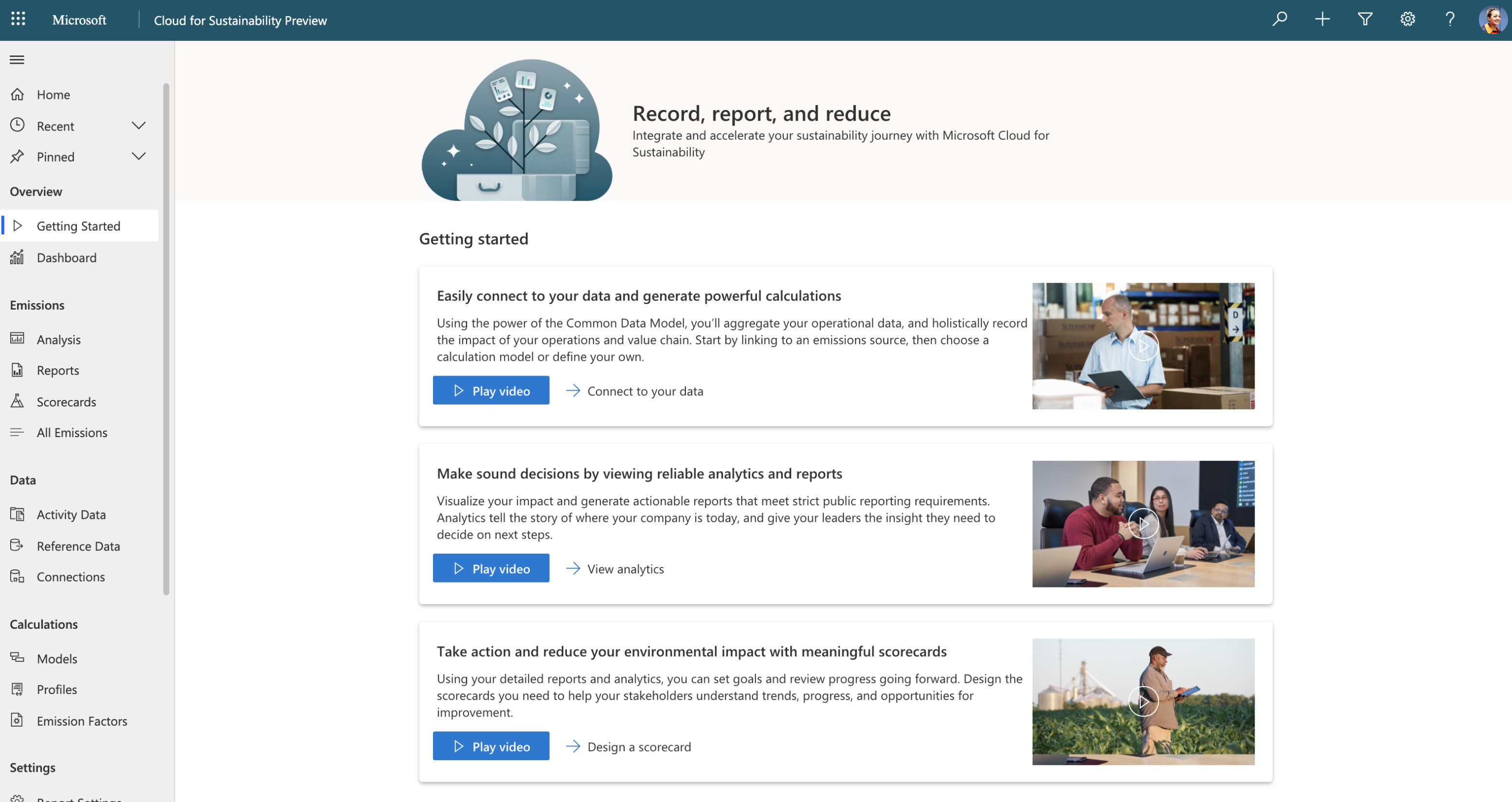
The company is also taking a new approach to data centre temperature management, which will further reduce the amount of water used in its evaporative cooled data centres globally by 95% by 2024, or an estimated 5.7 billion litres annually.
Through its research, it is able to create higher set points for different climates for when water-based evaporative cooling is necessary to preserve server performance and reliability. This has the potential to eliminate water used for cooling in regions like Amsterdam and Chicago, while reducing water use in desert regions like Arizona by as much as 60%.
The tech giant revealed its latest research into liquid cooling in data centres which is focused on overclocking, where chip components are operated beyond their predefined voltage, thermal, and power design limits to further improve performance. Microsoft found that for some chipsets, the performance can increase by 20% through the use of liquid cooling.
Get the ITPro daily newsletter
Sign up today and you will receive a free copy of our Future Focus 2025 report - the leading guidance on AI, cybersecurity and other IT challenges as per 700+ senior executives
RELATED RESOURCE
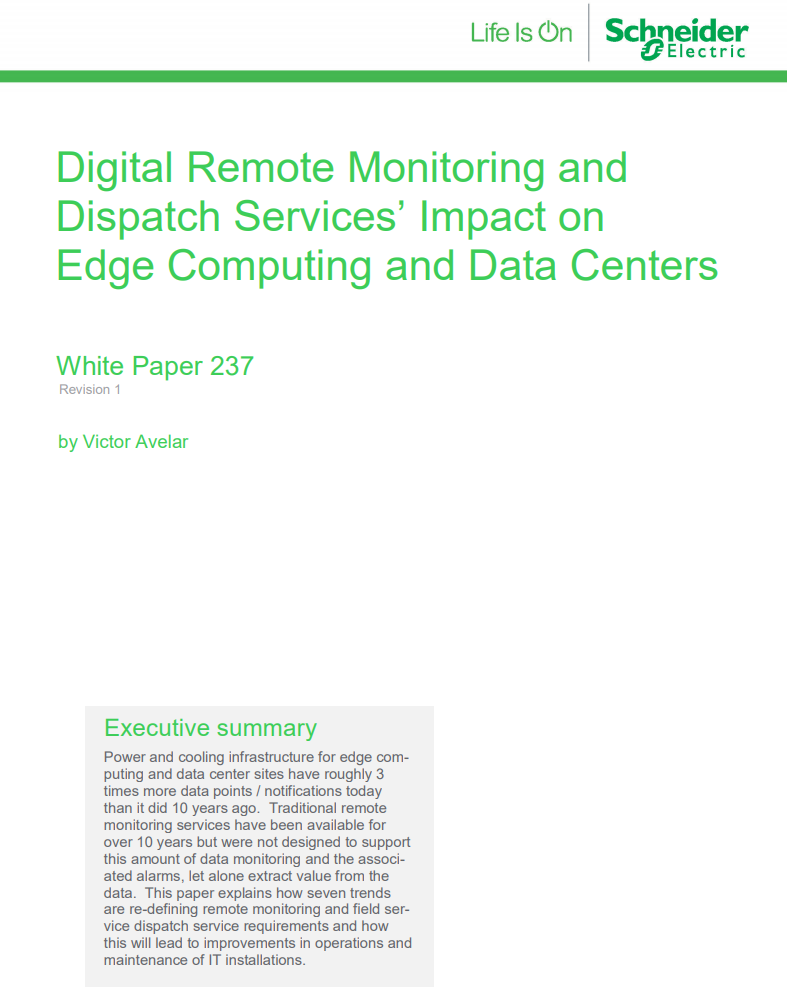
Digital remote monitoring and dispatch services’ impact on edge computing and data centres
Seven trends redefining remote monitoring and field service dispatch service requirements
It said this shows how the technique supports its sustainability goals to reduce and eliminate water use, but also generate more performant chips operating at warmer coolant temperatures for advanced AI and ML workloads.
Lastly, Microsoft revealed it is on track to building between 50 and 100 new data centres each year in response to customer demand. To reduce embodied carbon in the design and construction of these data centres, the emissions associated with materials and construction processes, the company will use the Embodied Carbon in Construction Calculator (EC3) tool to identify building materials that reduce it. Through EC3, it has been able to reduce concrete and steel embodied carbon by 30-60%.
Zach Marzouk is a former ITPro, CloudPro, and ChannelPro staff writer, covering topics like security, privacy, worker rights, and startups, primarily in the Asia Pacific and the US regions. Zach joined ITPro in 2017 where he was introduced to the world of B2B technology as a junior staff writer, before he returned to Argentina in 2018, working in communications and as a copywriter. In 2021, he made his way back to ITPro as a staff writer during the pandemic, before joining the world of freelance in 2022.
-
 Bigger salaries, more burnout: Is the CISO role in crisis?
Bigger salaries, more burnout: Is the CISO role in crisis?In-depth CISOs are more stressed than ever before – but why is this and what can be done?
By Kate O'Flaherty Published
-
 Cheap cyber crime kits can be bought on the dark web for less than $25
Cheap cyber crime kits can be bought on the dark web for less than $25News Research from NordVPN shows phishing kits are now widely available on the dark web and via messaging apps like Telegram, and are often selling for less than $25.
By Emma Woollacott Published
-
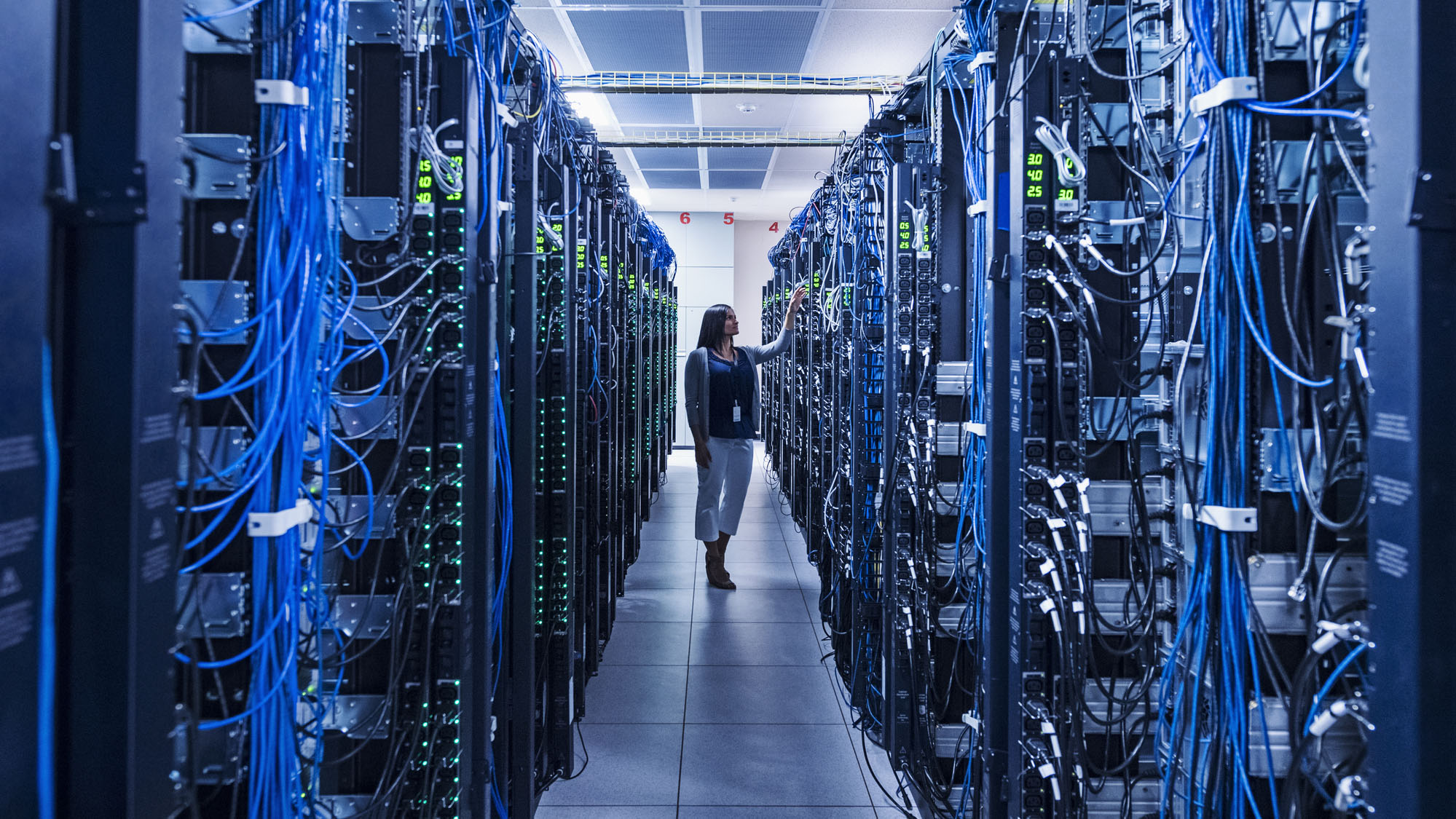 Why energy efficiency could be key to your business’ success
Why energy efficiency could be key to your business’ successSupported editorial An energy efficient data center setup can help save on bills, but the benefits don’t have to stop there
By ITPro Published
-
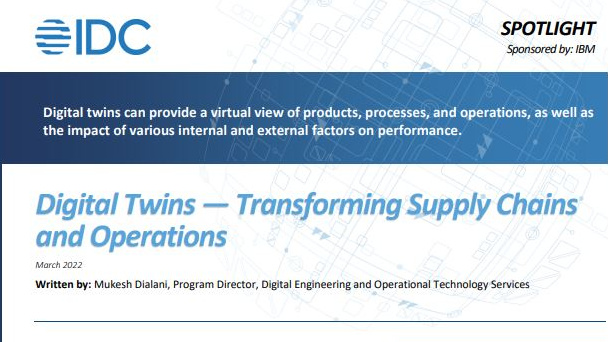 Digital Twins - Transforming supply chains and operations
Digital Twins - Transforming supply chains and operationsWhitepaper A virtual view of products, processes, and operations, as well as the impact of various factors on performance
By ITPro Published
-
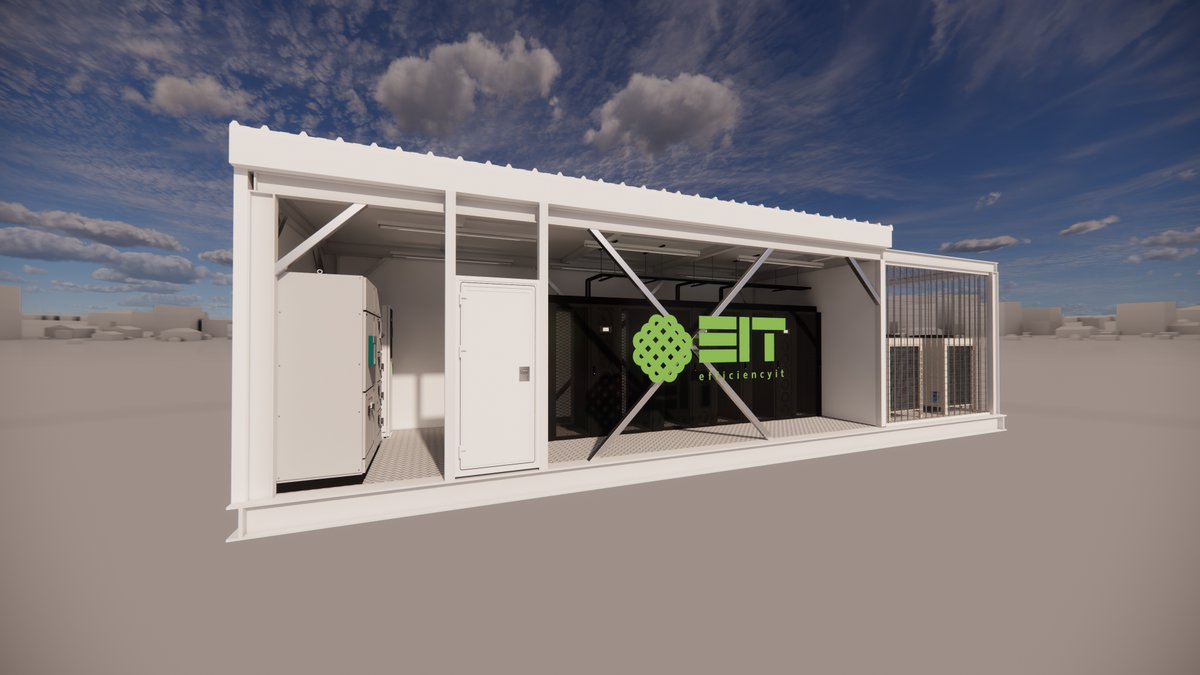 UK's EfficiencyIT launches prefabricated data centre offering
UK's EfficiencyIT launches prefabricated data centre offeringNews The company has previously built modular data centres for government and defence customers in 12-16 weeks
By Zach Marzouk Published
-
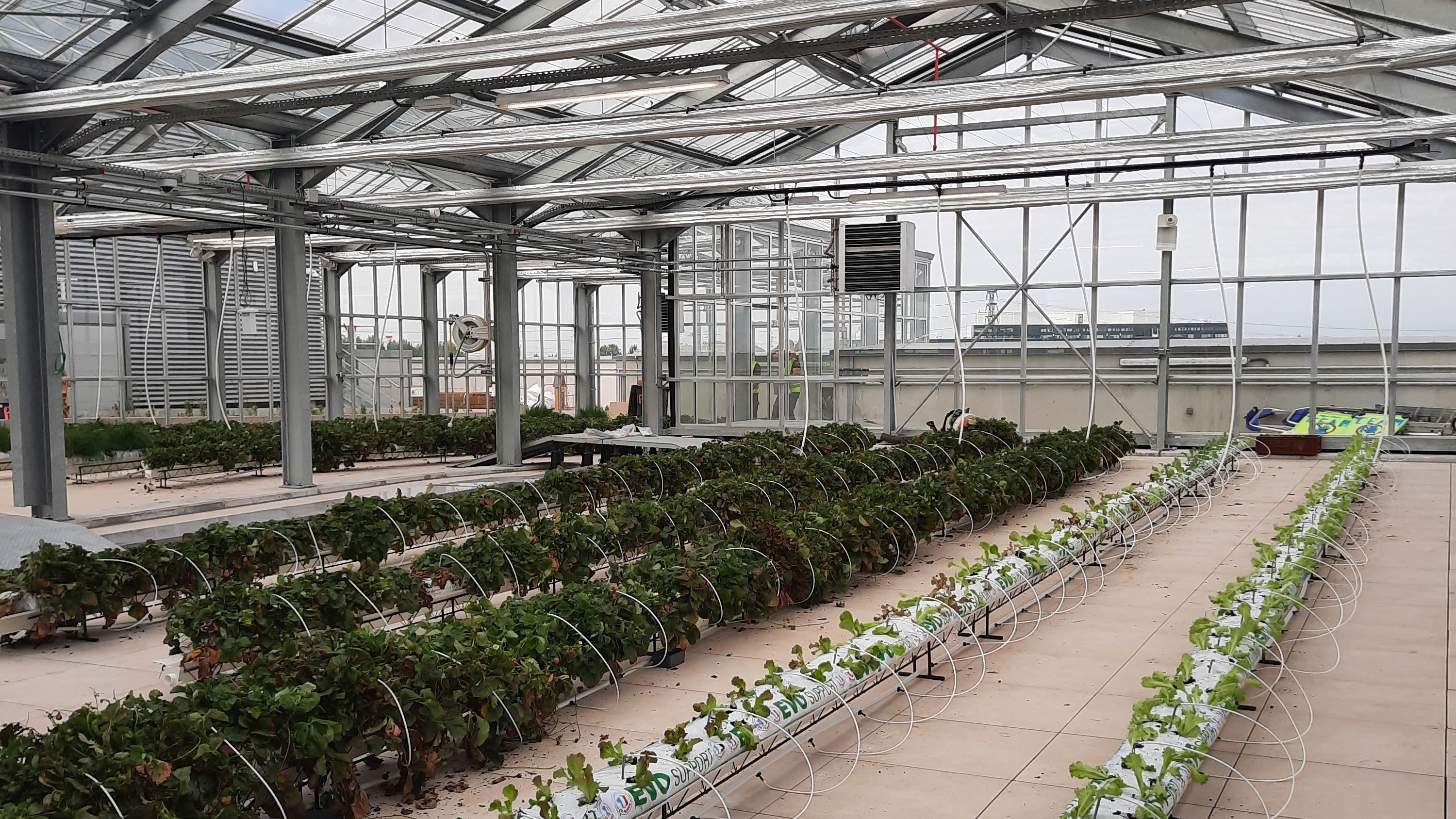 Equinix is growing data centre-powered fruit and veg
Equinix is growing data centre-powered fruit and vegNews The data centre company has installed a rooftop farm at one of its sites to make use of excess heat
By Zach Marzouk Published
-
 Princeton Digital Group reveals "wise" $1 billion+ Indonesia data centre investment to service Singapore
Princeton Digital Group reveals "wise" $1 billion+ Indonesia data centre investment to service SingaporeNews The new investment will help customers located in Singapore expand their infrastructure
By Zach Marzouk Published
-
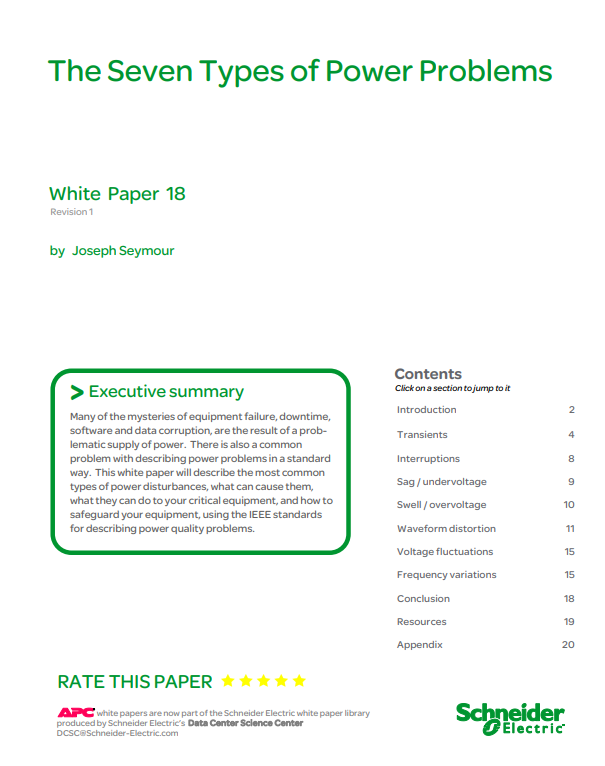 The seven types of power problems
The seven types of power problemsWhitepaper The most common types of power disturbances and how to safeguard your equipment
By ITPro Published
-
 Google data centre soaks up a third of Oregon city's water supply
Google data centre soaks up a third of Oregon city's water supplyNews The tech giant has been labelled a "water vampire" after its facility increased water consumption every year since opening for the purposes of cooling
By Bobby Hellard Published
-
 What 5G rollout failures mean for 6G
What 5G rollout failures mean for 6GIn-depth What can network operators and telecoms companies learn from a cocktail of global issues and mistakes when shifting to the next generation of mobile networking?
By Elliot Mulley-Goodbarne Published